Renowned world scientists speak at Brown and Goldstein 50th anniversary symposium
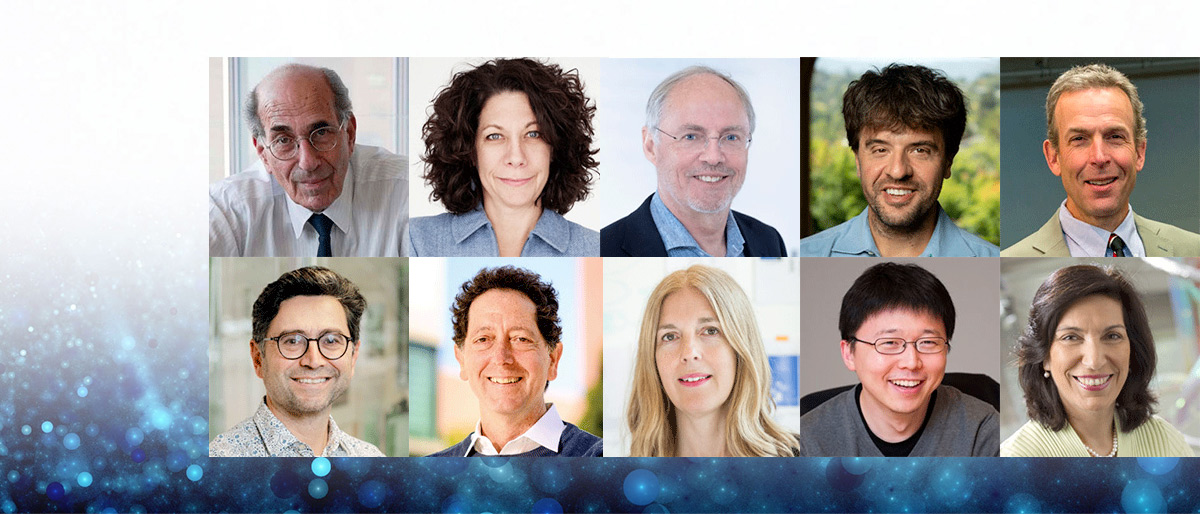
The recent symposium on campus celebrating the partnership of Nobel Laureates Michael S. Brown, M.D., and Joseph L. Goldstein, M.D., featured 10 distinguished scientists known for topics as far-ranging as the latest research on cancer inhibitors, CRISPR gene editing, and bacteria communication.
Richard Axel, M.D.*
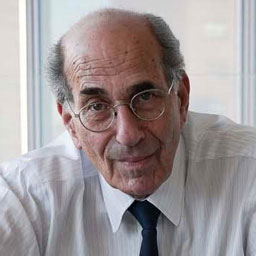
Topic: Drifting and Disappearing Sensory Representations in the Cortex
Nobel Prize in Physiology or Medicine (2004)
Professor and Co-Director, Zuckerman Institute, Columbia University
Dr. Axel has identified more than 1,000 special receptors in the nose that transmit olfactory information – our sense of smell – to the brain. His current work centers on how recognizing odors leads to meaningful thoughts and behavior.
Talk insights: “Brown and Goldstein seem to have a mysterious storehouse of unwritten knowledge from which they continue so successfully to tease from nature its hidden secrets. For me they are magicians,” Eric Olson, Ph.D., said on behalf of Dr. Axel, describing how the work of the two Nobel Laureates influenced him.
Bonnie L. Bassler, Ph.D.*
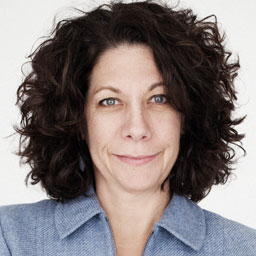
Topic: Quorum Sensing Across Domains: From Viruses to Bacteria to Eukaryotes
Chair and Professor, Department of Molecular Biology, Princeton University
Dr. Bassler discovered key insights into the ways bacteria communicate, known as quorum sensing. Her research is paving the way to the development of novel antimicrobial therapies.
Talk insights: “How do bacteria get any bang for their buck? They’re so puny. Yet, we know they do all these terrible things like cause disease and all these miraculous things like give us life through the microbiome and all the genes that they donate to higher organisms,” she said. “So the question that we’re always asking is, ‘How can they manage all those great feats? Bacteria do this by acting in groups, Dr. Bassler explained. “They communicate, they count their numbers, and then they carry out tasks, which are only successful when they all act together.”
Hans Clevers, M.D., Ph.D.
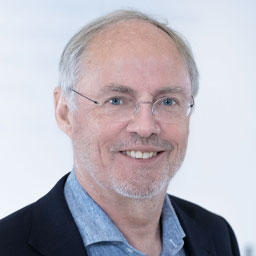
Topic: Organoids to Model Human Disease
President, Royal Netherlands Academy of Arts and Sciences
Head of Pharma Research and Early Development, Roche (Switzerland)
Professor, Molecular Genetics, Utrecht University
Dr. Clevers was the first to identify living stem cells in the intestine and is one of the world’s leading researchers on adult stem cells, their role in cancer, and their potential for regenerative therapy.
Talk insights: He described how he and his team used stem cells to develop the first organoids, 3D in vitro structures that mimic the organ from which they derive. They initially developed organoids of the small intestine to study cancer and have since created organoids for a range of other organs. “Essentially, the tools that work on cell lines now also work in these organoids.”
Karl Deisseroth, M.D., Ph.D.*
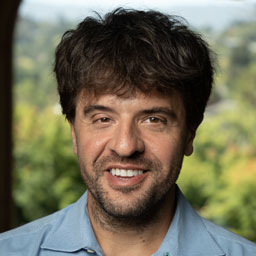
Topic: Inner Workings of Channelrhodopsins and Brains
Professor, Departments of Bioengineering; Psychiatry and Behavioral Sciences, Stanford University
Dr. Deisseroth specializes in affective disorders and autism-spectrum disease and has discovered neural cell types and connections that cause adaptive and maladaptive behaviors. His laboratory created transformative technologies to control neurons with light, called optogenetics, as well as hydrogel-tissue chemistry methods to study intricate details of intact tissues.
Talk insights: He spoke about the use of light-gated ion channels known as channelrhodopsins. “What we can do is take these proteins, put them into brain cells, into neurons, and then we can flash light pulses and ions flow,” Dr. Deisseroth said. “The direction in which the ions flow is able to elicit action potentials, these millisecondlong deflections in membrane voltage that are the key currency of information flow in the nervous system.”
K. Christopher Garcia, Ph.D.*
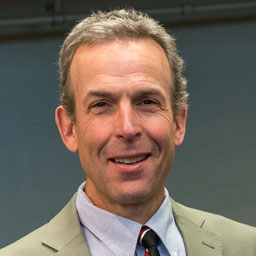
Topic: Engineering Cell Surface Signaling
Member, National Academy of Medicine
Professor, Department of Molecular and Cellular Physiology, Department of Structural Biology, Stanford University
Dr. Garcia’s laboratory investigates structural and functional aspects of cell surface receptor recognition and activation. His focus has been on receptor systems of the immune system, but he also studies other receptor-ligand complexes that are important in neurobiology and development.
Talk insights: “I want to talk about some engineering insights we are making targeting proteins at the cell surface. Many of these receptors that we look at are worked by mechanisms of induced proximity,” he said. “What we’re finding is that induced proximity can be exploited in a lot more creative ways than we really realized, beyond it just being a natural mechanism of getting proteins together on the cell surface.”
Ardem Patapoutian, Ph.D.*
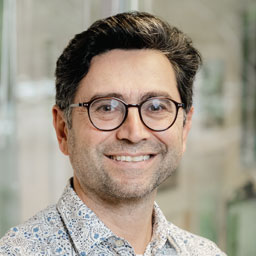
Topic: How Do You Feel? The Molecules That Sense Touch
Nobel Prize in Physiology or Medicine (2021)
Professor, Department of Neuroscience, Scripps Research
Dr. Patapoutian discovered the molecular underpinnings of the sense of touch. He identified novel ion channels activated by temperature, mechanical force, and increased cell volume. His laboratory has shown that these channels play crucial roles in sensing temperature, touch, and pain.
Talk insights: He spoke on proprioception, the sense of where the body and limbs are in space. He described it as the “most important sense that you have, but most people don’t even know they have it. Close your eyes and touch your nose – Piezo2 is required,” he said, describing the principal mechanoinduction cation channel that his laboratory identified.
Kevan M. Shokat, Ph.D.*
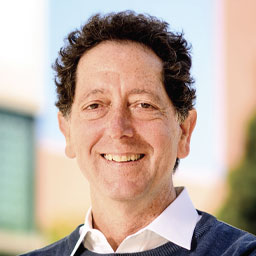
Topic: Small Molecule Mutant-Specific K-Ras Inhibitors
Nobel Prize in Physiology or Medicine (2021)
Professor and Interim Chair, Department of Cellular and Molecular Pharmacology, University of California, San Francisco
Professor, Department of Chemistry, University of California, Berkeley
Dr. Shokat uses methods of bioorganic chemistry to decode cellular signaling networks at the single cell and whole organism levels. He is interested in developing methods to understand the differences and functions of the largest family of enzymes in the human genome, protein kinases.
Talk insights: “As soon as I got the email inviting me, I was thrilled,” Dr. Shokat said in his discussion about K-Ras, the most commonly mutated oncogene in human cancers. His presentation explained how challenging it has been to develop cancer therapeutics related to K-Ras. He also described how his lab’s chemical-genetic approach led to the development of molecules to target K-Ras mutations, a strategy that was recently validated in clinical trials culminating in the first approved K-Ras-targeting drug.
Leslie B. Vosshall, Ph.D.*
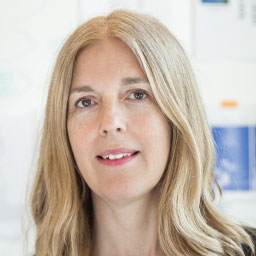
Topic: Neurobiology of the World’s Most Dangerous Animal
Member, National Academy of Medicine
Professor and Head, Laboratory of Neurogenetics and Behavior, The Rockefeller University
Vice President and Chief Scientific Officer, Howard Hughes Medical Institute
Dr. Vosshall’s lab uses fruit flies, mosquitoes, and humans to understand how the nervous system processes and perceives odors. She also studies the genetic basis of mosquitoes’ host-seeking and blood-feeding behaviors. Work from the Vosshall lab led to the discovery that a mosquito co-receptor is responsible for its attraction to humans.
Talk insights: “I’ll tell you today why some people are more attractive to mosquitoes than others,” she said. “That’s because we can’t help but breathe, and that means there’s no way that humans can’t exhale carbon dioxide, which is an incredibly potent activator of mosquito behavior. We are very smelly and so our skin microbiome – 24 hours a day – is metabolizing the surface bacteria on our skin, and that is why we have body odor.”
She went on to explain that in addition to our exhalations and body odor, mosquitoes also like that humans are warm-blooded, hairless, slow-moving, and congregate in large groups.
Feng Zhang, Ph.D.*
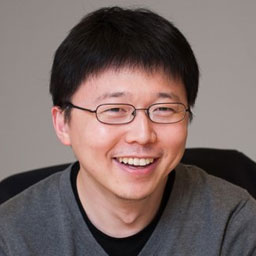
Topic: Exploration of Biological Diversity
Member: National Academy of Medicine
Core Member, Broad Institute
Professor of Neuroscience, Massachusetts Institute of Technology
Dr. Zhang is well known for his central role in developing optogenetics to control neurons with light and CRISPR gene-editing technologies. His lab uses synthetic biology to develop technologies for genome and epigenome engineering to study neurobiology.
Talk insights: “Genetic medicine, if you think about it, is quite simple. It’s kind of like sending a satellite into outer space using a rocket. There is a vehicle and there’s also a payload. And so the payloads are things like CRISPR, transgenes, things that you put into the cell to have it do some magic to fix the cell,” he said.
Huda Y. Zoghbi, M.D.*
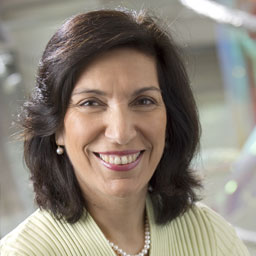
Topic: Rett Syndrome and MECP2 Disorders: An Enlightening Dialogue Between Bench and Clinic
Member, National Academy of Medicine
Professor, Departments of Molecular and Human Genetics; Neuroscience and Neurobiology, Baylor College of Medicine
Director, Jan and Dan Duncan Neurological Research Institute
Editor, Annual Review of Neuroscience
Dr. Zoghbi’s work helped elucidate the genes and genetic mechanisms responsible for neurological disorders such as Rett syndrome and has provided new ways of thinking about other disorders such as Parkinson's disease, Alzheimer’s, autism, and intellectual disability.
Talk insights: Talk insights: “It was an encounter with a child with an unusual neurologic problem that led me to research,” she said. After age 2, the girl lost the ability to use her hands, could no longer speak, and became socially withdrawn. The patient had Rett syndrome, a rare genetic disease. “I thought if I went to the lab, I could find the gene,” Dr. Zoghbi said, launching her long research journey to decipher how the condition occurred.
* Howard Hughes Medical Institute Investigator
Note: All speakers are members of the National Academy of Sciences.

